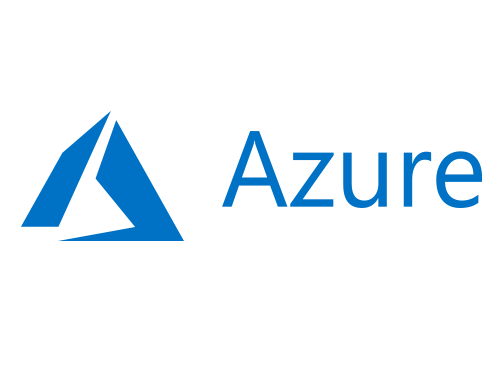
Adding Layers of Azure – Become more Robust
Today, I wanted to talk a bit about building out robust systems that can both scale up and down while being part of a larger disaster recovery and continuity plan. To say it plainly – let’s talk about keeping systems available while we have a problem but not break the bank. For this, I turn to Azure services.
To achieve the first layer I typically talk about Azure Site Recovery. This is an excellent tool that allows you to synchronize your systems from your own on-premises (or localized data centers) into Azure. You can add critical systems into this strategy including web servers, application servers, database servers, and any key systems your customers and staff need to keep operations running.
A step I often see overlooked is “the practice run”. Nobody really wants to break systems — well, most people at least; but in our industry of I.T., we need to do practice runs to get our failover playbook ironed out. If we practice it without a true emergency, it gives us a chance to really deliver excellence when a true emergency strikes. I’d like to repeat that….if we practice our failover plan without a true emergency, when a real emergency strikes I.T. can really deliver excellence and keep the lights on.
Ok, so now we can replicate our critical servers and systems into Azure, flip them into the ‘on’ position and keep them running. How do we actually get access to them though?
We need to ensure that we have a VPN between your on-premises network and your VNET with the Azure Site Recovery destination for the systems restored into that VNET; or, we need to use apps and webservers that have a public IP address (in whatever configuration meets your requirements for the systems of course) and then use DNS (IE: Traffic Manager) to route the requests to the new location of the systems. The most utilized method is DNS so that your users and customers notice only a minor impact of minutes — think when a major company has had a service failure and you get a 404 or service error but refresh in a few minutes to find it is back up…guess what you just used! Layers of redundancy can really help you to layer in protection against that risk.
The next service typically added to this scenario is Azure Backup. This is cloud backup and restore on steroids folks! I get really excited about simplified and usable restores that actually work consistently and Azure has delivered big-time with this service. I can’t say it enough, the backups you have are only as good as your last tested restore. Get in there and recover to testing networks and VNETs so that you KNOW that you can access the restored data and applications. Not so long ago, it used to be faster to rebuild the systems then restore data into them — Azure can support high speed restores and also support then model of rebuild and restore the data if that’s what you choose to do. I love when I can deploy systems using ARM templates and then just add the secret spices into a system to get it back up and running in minutes. There is lots of flexibility in architectures to help provide layers of redundancy for robust recoveries and maintaining availability of your applications and data.
The last piece of this conversation is access. How do you get your customers and users to access your systems today? What if that changes or a disaster such as a widespread outage impacts accessibility?
The last few months have shown that companies can adapt to a distributed access architecture, but there are still challenges out there. To be able to ensure that your key systems and data can be accessible at all times, you should include this in your planning and preparation. In a test I did some time ago at a client site, we disconnected the main connection physically to simulate a major outage to see if all the systems performed the way we thought. No spoiler alerts here — they did not perform as anticipated. We tested this pretty late one night and it was a good thing because the backup network connections did not auto-connect the way we thought they would.
So once again, it’s all about practicing your failover plans and different disaster recovery scenarios until all the wrinkles are ironed out and you have a smooth running playbook that leads your team to success. If you’re not already looking at Azure Site Recovery, Azure Backup, and Azure connectivity options — go setup a free trial account today at https://portal.azure.com and get started. Whether your an experienced ‘head in the clouds’ person or your new to cloud services; you’ll be glad you looked into the options you have available with Azure.
If you work in I.T. and you don’t know what your companies DR plan is — please go ask your boss right now! Chances are there may not be one or it’s so out of date that it won’t work. Always ask questions and have some fun!